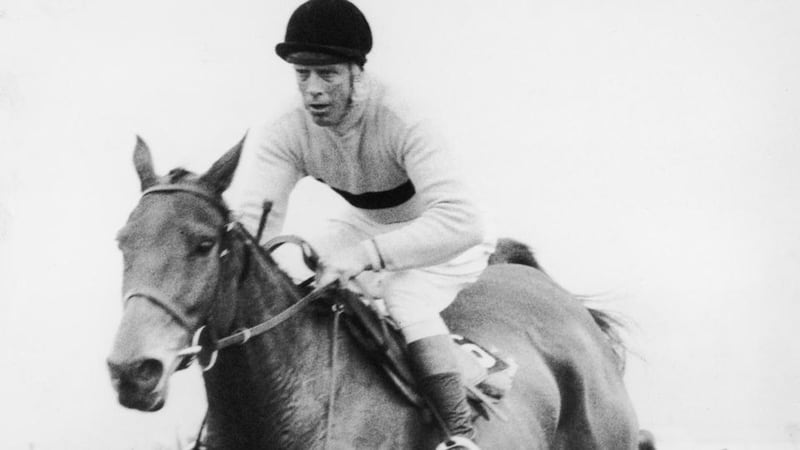Half a century later, and even among other notable Cheltenham Gold Cup anniversaries, there's no disputing the significance of Arkle's hat-trick of victories in steeplechasing's greatest prize.
The 50 years since the horse known simply as ‘Himself’ completed three-in-a-row has only embellished his legend as jump racing’s totemic figure of excellence.
Revisionist attempts to recalibrate Timeform’s near-mythical 212 handicap figure, the basis of much of the Arkle legend, have failed to gain traction in cold statistical analysis.

So the idea that modern superstars such as Sprinter Sacre and Kauto Star could be 20lbs inferior to anything is still hotly disputed by some.
Perhaps the greatest tribute to Arkle is that those who saw him in his prime vehemently insist it is bang on the money.
It is the impression this humbly bred, relatively unprepossessing looking animal made on so many which is as unique as the race record that saw him beaten just four times in 27 starts over fences, once by his great rival Mill House – two times when conceding mammoth weights, and finally when sustaining the leg injury which ended his career.
That impression of enduring greatness is reflected in an Irish Times editorial 50 years ago, at a time when florid flights of fancy were not encouraged in this parish.
“He is emphatically the best. And more than this he looks the best. He even looks as if he knew he was best. Not with the swagger and air of self glory which characterises, say, Mr Cassius Clay: but with the dignity, the look of supreme self-assurance, that marks President de Gaulle,” it read.
Gaullist hauteur being compared to a horse would have been wonderful to witness but that's the impact the horse trained by Tom Dreaper had even well beyond racing's narrow margins.
In Arkle’s overall career, the third Gold Cup victory is often overlooked.
Compared to his epic 1964 defeat of Mill House it’s not hard to see why.
By 1966 Mill House was sidelined with tendon trouble and just four inferior opponents took on the 1-10 favourite. But it was the race Arkle came closest to falling in.
At the 11th fence, in front of the stands, and with a circuit still to go, he barely took off at the obstacle.
Sir Peter O’Sullevan’s “Ohhhh!” hardly ranks among his most eloquent pieces of commentary but is still evocative.
Fifth leg
In contrast, jockey Pat Taaffe’s sang-froid afterwards was notable: “I knew he wouldn’t fall. Arkle can always find a fifth leg.”
What the Cheltenham festival crowds witnessed 50 years ago was unparalleled. The one horse comparable to Arkle on Timeform figures just happened to be his neighbour in Tom Dreaper’s North Co Dublin stables.
If Arkle was a white-hatted paragon in personality terms, Flyingbolt definitely wore the black hat.
Notoriously bad-tempered, the Dreaper children were warned in no uncertain terms never to go near him. But Timeform wound up rating the bad-ass chestnut only 2lb behind Arkle and that was even before illness robbed him of his peak years.
Broken bone
In 1966 however, Flyingbolt won the two-mile Champion Chase in a canter and the following day finished third to Salmon Spray in the Champion Hurdle. On the third day he allowed Arkle centre stage to find that fifth leg.
What Arkle couldn’t find nine months later was a way to win Kempton’s King George VI Chase, hardly surprising considering the horse ran the final two miles with a broken bone in his foot.
He finished runner-up to Dormant and never ran again. Four years later, on May 31st 1970, he was put down due to problems with arthritis.
That got an Irish Times leader too, more restrained and more evocative for it.
“That horse added to the lives of thousands. His instinct, which allowed him to put his power under human control – men are suffered by horses – had about it something that did honour to horses and to man.”









